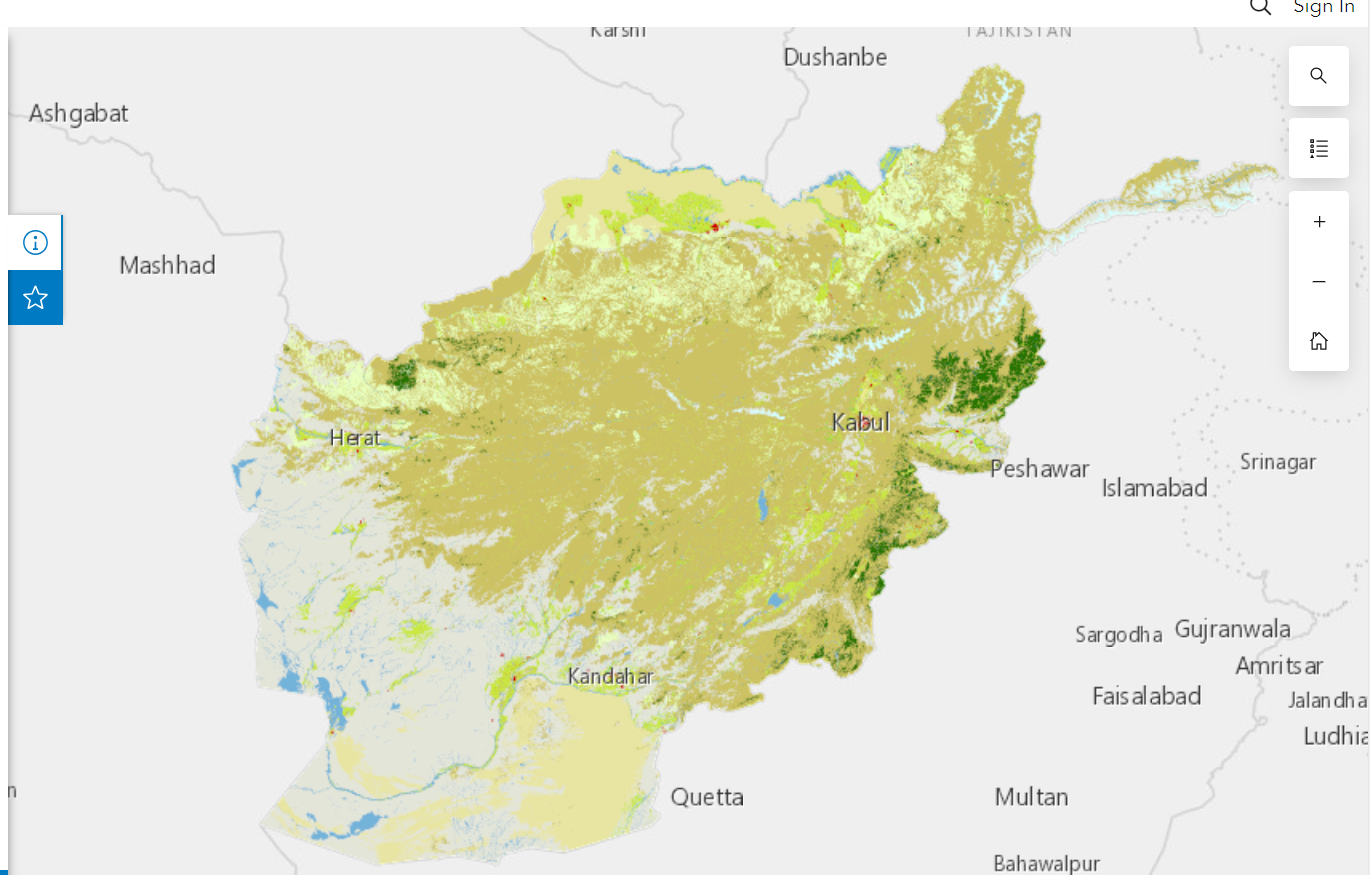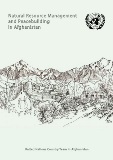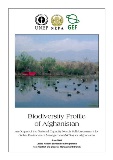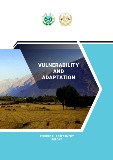FLR Afghanistan Knowledge Hub

Afghanistan is a landlocked, mountainous country situated in Central Asia. It has significant natural resources, yet very limited land and water resources. The economy is predominantly an agricultural economy, where agriculture is practiced largely on a subsistence basis. About 80 percent of Afghans live in rural areas. Forest depends on the government and the user right belongs to the public. Afghanistan has approximately 1.78 million ha of forest and shrubs accounting for about 2.8 percent of the total land area.
Many areas in Afghanistan are facing severe deforestation and land degradation caused by unsustainable land-use practices. Further, sparse vegetation cover and mountainous terrain result in rapid rainwater runoff contributing to flooding and erosion, along with being vulnerable to disaster events such as earthquakes, flooding and droughts. Exposure to such events and impacts of climate change has adversely impacted the communities and their livelihoods, further exacerbating the socio-economic vulnerability of rural Afghan communities.

Source: SEPAL, 2023.
Source: EarthMap, 2023.
Resources
The FLR Afghanistan Knowledge Hub serves as a centralized access point for knowledge and data resources, providing a range of tools to support project and program development, data-driven decision-making, and analysis and reporting. These resources also acts as valuable tools for learning and replicating similar interventions.

Afghanistan Maps
LRIMS is a tool which features land resources, agro-ecological and climatic maps generated under regional, provincial and district administrative levels in Afghanistan.

Food and Agriculture Policy Decision Analysis (FAPDA) Afghanistan Profile
This section consists of socio-economic, food, agriculture, forest, climate change, disaster and similar other components.

Journal articles
This section comprises of list of the research articles related to natural resource management in Afghanistan.

Other FLR projects in Afghanistan
This section features the list of the FLR projects in Afghanistan.
Best cases and success stories
Framework for Ecosystem Restoration Monitoring (FERM) platform includes database on restoration initiatives, good practices and geospatial information o ecosystem restoration. The platform is useful for monitoring transparent ecosystem restoration progress.
World Overview of Conservation Approaches and Technologies (WOCAT) is a global network on Sustainable Land Management (SLM) that promotes the documentation, sharing and use of knowledge to support adaptation, innovation and decision-making in SLM.
Publications

Natural resource management and peacebuilding in Afghanistan
2013
This report looks at the ways in which natural resource management—the institutions, policies and practices that govern land, water, forests, minerals, hydrocarbons—interact with violent conflict in Afghanistan.

Biodiversity Profile of Afghanistan: An Output of the National Capacity Needs Self-Assessment for Global Environment Management (NCSA) for Afghanistan
2008
This report is an attempt to provide a comprehensive summary of the status of Afghanistan’s biodiversity in 2008, which was an output of the National Capacity Needs Self-Assessment for Global Environment Management project implemented by UNEP. The components include a narrative summary of Afghan biodiversity, a listing of known species and a subject bibliography.

Afghanistan Vulnerability and Adaptation Technical Assessment Report
2023
Afghanistan is one of the least developed and most vulnerable countries to climate change. This report sets out to identify the main impacts of climate change on important sectors, potential sources of funding for climate change adaptation and proposed priorities for adaptation action based on national strategies and plans. Also available in Dari and Pashto

The Islamic Republic of Afghanistan Land Cover Atlas
2018
This Atlas provides policy and strategic guidance to the rural sector on food security, which directly contributes to the overall objective of strengthening agricultural information and statistics services in the country. It includes an introduction text and the complete land cover mapping of the Islamic Republic of Afghanistan, organized in 34 Provinces and 5 Basins.

Afghanistan Drought Risk Management Strategy 2019-2030
2019
The purpose of this strategy is to guide planning, designing, implementation, and review of actions for drought risk management in Afghanistan over the course of 2019-2030 as well as provide a framework for allocating resources for these actions. This strategy focuses on the two main sectors viz. agriculture and water that are directly impacted by drought and which at times also contribute to the risks of drought.

Afghanistan DIEM – Data in Emergencies Monitoring brief, round 5 Results and recommendations
2022
FAO established the Data in Emergencies Monitoring (DIEM-Monitoring) System to collect, analyse and disseminate data on shocks and livelihoods in countries prone to multiple shocks. This brief shares the results of a fifth-round assessment conducted between July and August 2022 in Afghanistan.


.png?sfvrsn=6ce6cbe5_0)